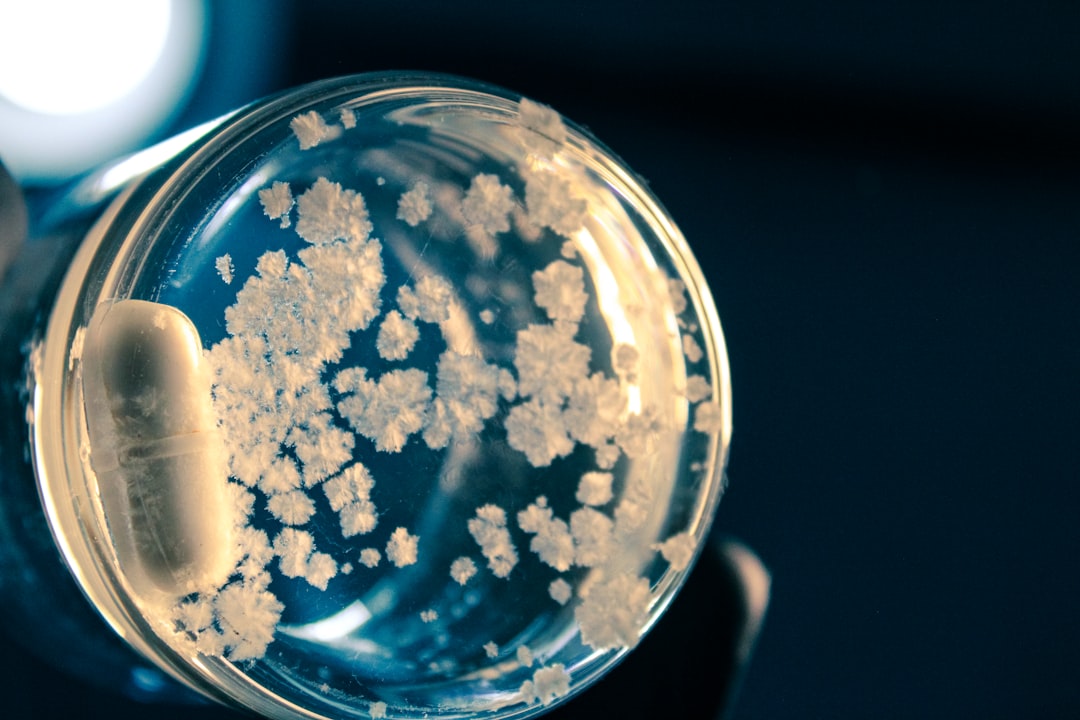Featured Image
Perspectives
Cisplatin and its newer analog carboplatin are broad-spectrum anticancer agents that saved untold number of lives, thank to their clinical activity in testicular germ cell tumors. These drugs provided clinical benefits also to patients with other solid tumors, such as epithelial ovarian cancers and lung cancers. While genomic DNA is generally considered to be a critical molecular target of cisplatin or carboplatin, several lines of evidence suggest that genomic DNA is not an exclusive target of these drugs, and that other targets, such as RNAs, phospholipids, peptides, and proteins are also involved in their mode of action. In this report I have critically reviewed relevant findings from various scientific fields ranging from inorganic biochemistry to clinical oncology, in an attempt to provide a well-supported state-of-the-art review on the interaction of cisplatin with its non-DNA cellular targets, with an emphasize on the role of these interactions on the anticancer activity and drug toxicity. Understanding of these interactions is important for refining therapeutic approaches to reproduce the success of cisplatin in the treatment of testicular germ cell tumors in its application to other cancers and for designing more efficient platinum-based anticancer drugs in the future.
Dr Roman F. N. Mezencev
Georgia Institute of Technology
Read the Original
This page is a summary of: Interactions of Cisplatin with non-DNA Targets and their Influence on Anticancer Activity and Drug Toxicity: The Complex World of the Platinum Complex, Current Cancer Drug Targets, January 2015, Bentham Science Publishers,
DOI: 10.2174/1568009614666141128105146.
You can read the full text:
Contributors
The following have contributed to this page










